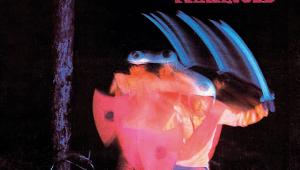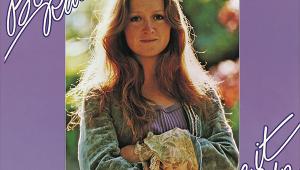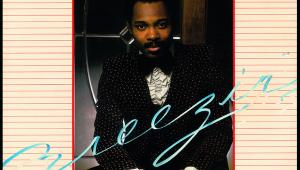Taj Mahal: Giant Step Production Notes
By the time the Taj Mahal band and producer David Rubinson settled into the Columbia Studio, at 6121 Sunset Boulevard in Hollywood, in June 1969, they had become a well-oiled machine. It was their third album together, and everyone knew exactly how to get the best out of themselves and the environment.
At the time, however, Rubinson was no longer a Columbia staffer, and was working instead for The Fillmore Corporation, a company he'd started earlier that year in partnership with music promoter Bill Graham. Mahal was front and centre throughout the album but his well-respected guitarist, the Native American Jesse Ed Davis, was also a vibrant contributory factor.
On Giant Step, Davis employed his white Telecaster guitar through a tweed-fronted Fender Bassman amp with JBL speakers, although he occasionally used a Vibro Champ amp in the studio. He was one of the first guitarists to experiment with a Leslie amp and speaker unit, which had originally been designed for use with Hammond organs.
The Leslie unit modified the source sound, giving it a distinctive, swirling, pulsating tremolo. 'He used it a little bit on Natch'l Blues and a little more on Giant Step', explained Taj, 'but he was not one for a lot of effects. He created most of them between his hands – like the volume knob with his little finger. He picked with a flatpick and two fingers'.
Davis would go on to become one of the most in-demand session players of the '70s, working with Jackson Brown, Eric Clapton, Leon Russell, Rod Stewart and countless others, as well as releasing a pair of acclaimed solo albums.
















































